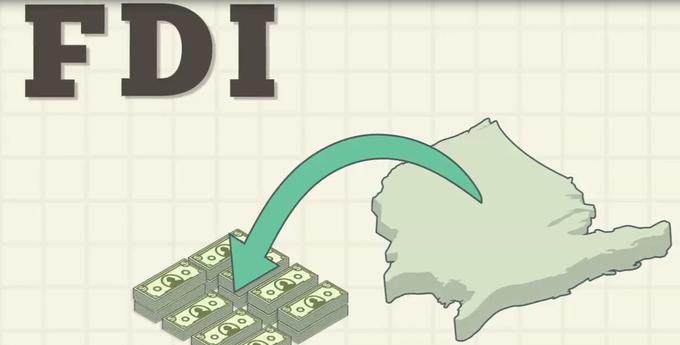Learn about various types of Field Investment Direct Investment (FDI). Developing countries most often offer companies tax-breaks, subsidies and other benefits to promote Green Field Investment.
TYPES OF FIELD INVESTMENT DIRECT INVESTMENT

Green Field Investment direct investment in new facilities or the expansion of existing facilities. Greenfield investments are the primary target of a host nation’s promotional efforts because they create new production capacity and jobs, transfer technology and know-how, and can lead to linkages to the global marketplace. However, it often does this by crowding out local industry; multinationals are able to produce goods more cheaply (because of advanced technology and efficient processes) and uses up resources (labor, intermediate goods, etc).
Another downside of greenfield investment is that profits from production do not feed back into the local economy, but instead to the multinational's home economy. This is in contrast to local industries whose profits flow back into the domestic economy to promote growth.
Mergers And Acquisition occur when a transfer of existing assets from local firms to foreign firms takes place, this is the primary type of FDI. Cross-border mergers occur when the assets and operation of firms from different countries are combined to establish a new legal entity.
Cross-border acquisitions occur when the control of assets and operations is transferred from a local to a foreign company, with the local company becoming an affiliate of the foreign company. Unlike greenfield investment, acquisitions provide no long term benefits to the local economy-- even in most deals the owners of the local firm are paid in stock from the acquiring firm, meaning that the money from the sale could never reach the local economy.
Nevertheless, mergers and acquisitions are a significant form of FDI and until around 1997, accounted for nearly 90% of the FDI flow into the United States.
Horizontal Foreign Direct Investment: is investment in the same industry abroad as a firm operates in at home.
Vertical Foreign Direct Investment : Takes two forms:
1) backward vertical FDI: where an industry abroad provides inputs for a firm's domestic production process
2) forward verticle FDI: in which an industry abroad sells the outputs of a firm's domestic production processes.
TYPES OF FIELD INVESTMENT DIRECT INVESTMENT

Green Field Investment direct investment in new facilities or the expansion of existing facilities. Greenfield investments are the primary target of a host nation’s promotional efforts because they create new production capacity and jobs, transfer technology and know-how, and can lead to linkages to the global marketplace. However, it often does this by crowding out local industry; multinationals are able to produce goods more cheaply (because of advanced technology and efficient processes) and uses up resources (labor, intermediate goods, etc).
Another downside of greenfield investment is that profits from production do not feed back into the local economy, but instead to the multinational's home economy. This is in contrast to local industries whose profits flow back into the domestic economy to promote growth.
Mergers And Acquisition occur when a transfer of existing assets from local firms to foreign firms takes place, this is the primary type of FDI. Cross-border mergers occur when the assets and operation of firms from different countries are combined to establish a new legal entity.
Cross-border acquisitions occur when the control of assets and operations is transferred from a local to a foreign company, with the local company becoming an affiliate of the foreign company. Unlike greenfield investment, acquisitions provide no long term benefits to the local economy-- even in most deals the owners of the local firm are paid in stock from the acquiring firm, meaning that the money from the sale could never reach the local economy.
Nevertheless, mergers and acquisitions are a significant form of FDI and until around 1997, accounted for nearly 90% of the FDI flow into the United States.
Horizontal Foreign Direct Investment: is investment in the same industry abroad as a firm operates in at home.
Vertical Foreign Direct Investment : Takes two forms:
1) backward vertical FDI: where an industry abroad provides inputs for a firm's domestic production process
2) forward verticle FDI: in which an industry abroad sells the outputs of a firm's domestic production processes.
Last edited by a moderator:
